There are many prestigious buildings in New York City -- from the River House and its notoriously strict co-op board, to the relative newcomer 15 Central Park West, home to numerous stars and business tycoons. But only one New York building holds an almost mythical presence, steeped in old-world glamour, real-life tragedy, and a dash of Hollywood mystique: The Dakota.
Built between 1880 and 1884, The Dakota at 1 West 72nd Street is best known as the place where John Lennon was tragically killed as he returned home with his wife, Yoko Ono. Coupled with its starring role in Roman Polanski's acclaimed horror film Rosemary’s Baby, the Dakota has earned a status that transcends its brick-and-mortar attributes.
In this article:
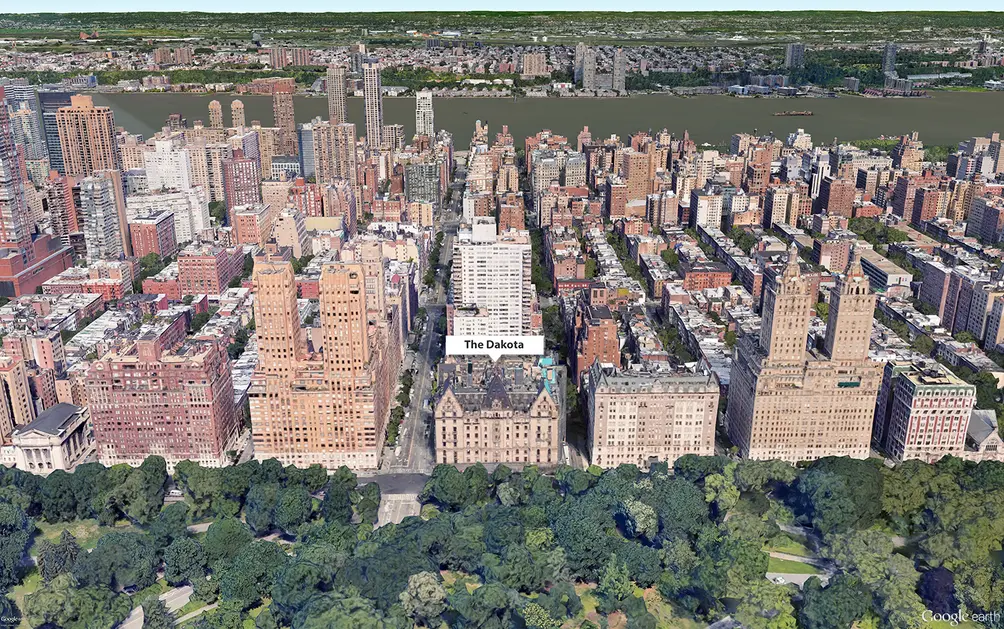 Google Earth aerial showing location of The Dakota with Central Park at its doorstep (CityRealty)
Google Earth aerial showing location of The Dakota with Central Park at its doorstep (CityRealty)
Earlier this week, The Dakota was in the headlines with the passing of one of its longtime former residents, Roberta Flack, at age 88. The Grammy-winning singer and pianist, celebrated for her intimate vocal style, was one of the top recording artists of the 1970s. She lived at The Dakota for nearly 40 years in an apartment neighboring John Lennon and Yoko Ono. Their son, Sean Ono Lennon, reportedly referred to her as "Aunt Roberta."
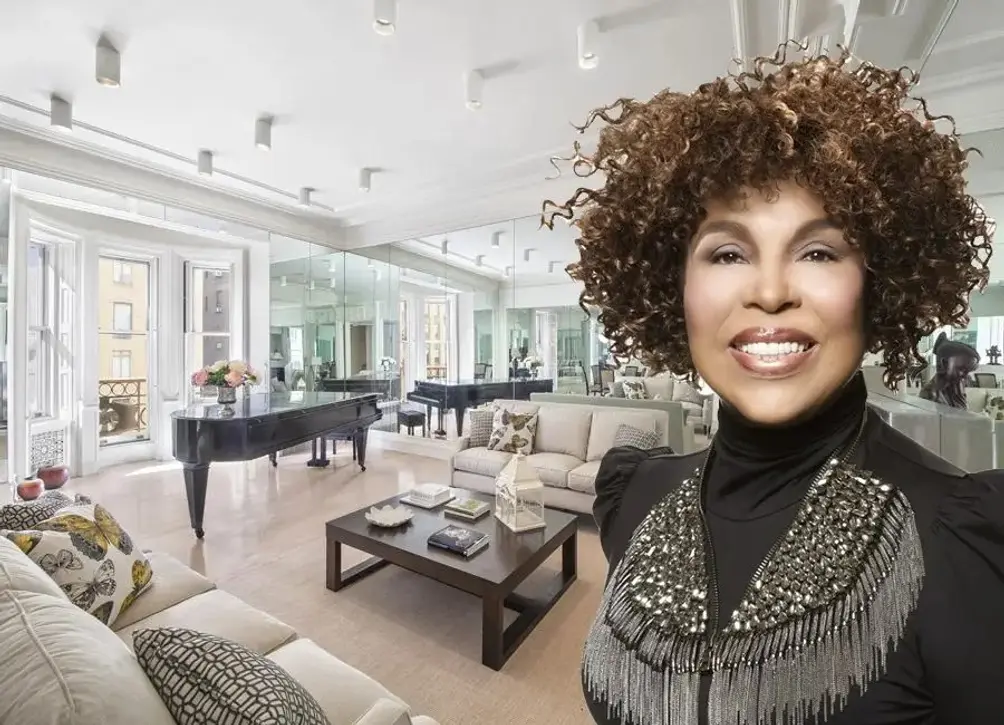 On Monday, February 24, 2025, Grammy-winning singer Roberta Flack passed away at age 88. She was one of the Dakota's famous residents for four decades.
On Monday, February 24, 2025, Grammy-winning singer Roberta Flack passed away at age 88. She was one of the Dakota's famous residents for four decades.
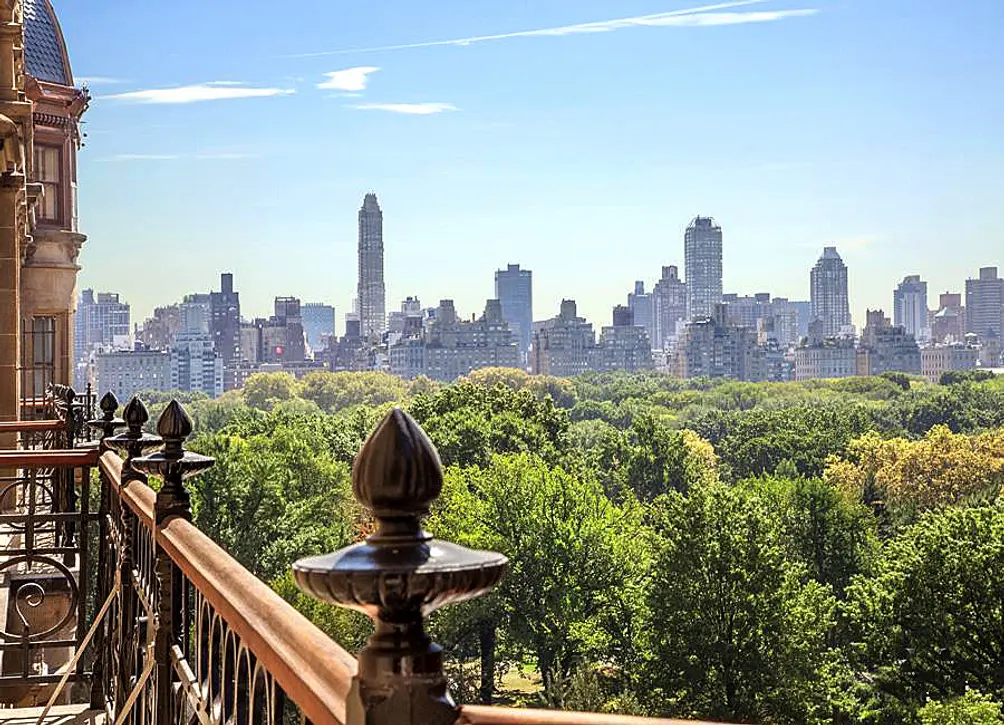 The view of Central Park from Flack's former home at The Dakota
The view of Central Park from Flack's former home at The Dakota
Flack’s seventh-floor apartment, situated on the southwest corner of the building, featured ornate Juliet balconies and 68 feet of southern exposure overlooking 72nd Street. Originally a classic layout, the home was reconfigured into five grand rooms with soaring 12-foot ceilings, four wood-burning fireplaces—three with original mantels—and preserved prewar details.
The living room offered oblique views of Central Park. According to CityRealty records, Flack listed the home multiple times between 2015 and 2018 before it ultimately sold in February 2018 for $5.8 million—a 17% discount from its last public asking price. The buyer was Eric Eisner and his wife, fashion designer Stacey Bendet Eisner, founder and CEO of Alice + Olivia. They reportedly combined the home with Judy Garland's unit.
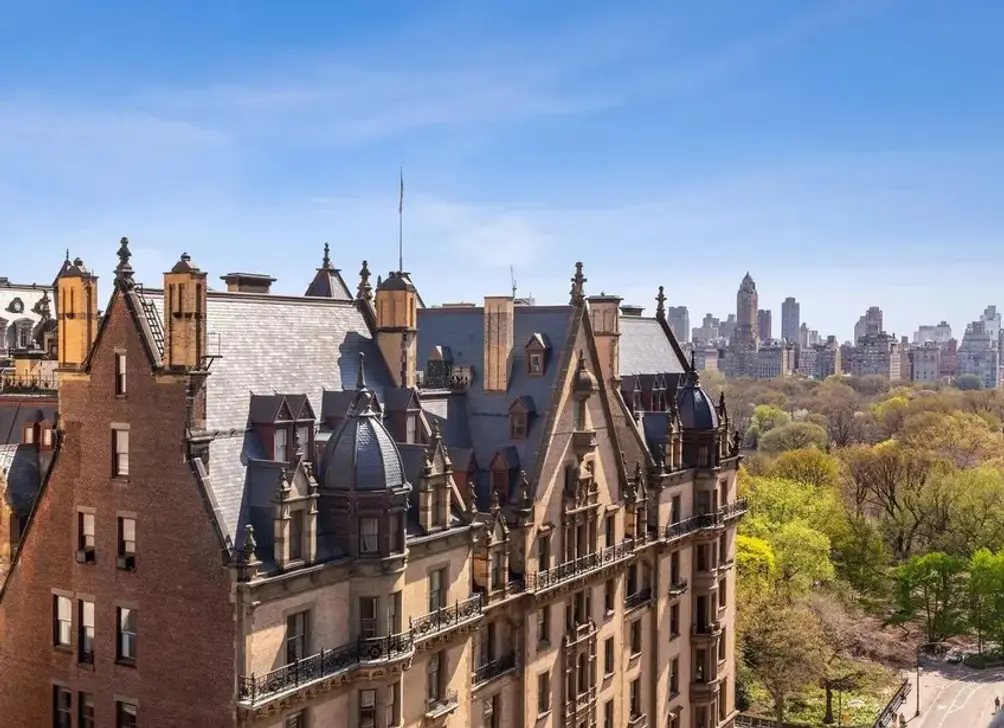 Flack's former home was located at the southwest corner of the building at the level with the Juliette balconies
Flack's former home was located at the southwest corner of the building at the level with the Juliette balconies
From the beginning, The Dakota attracted a significant number of artistic and cultural figures. Among its earliest residents were the Steinway family, of piano-making fame, followed by composer Pyotr Tchaikovsky and poet Charles Henri Ford. Hollywood's Golden Age saw stars such as Boris Karloff, Lillian Gish, Judy Garland, and Lauren Bacall take up residence.
Today, Hollywood stardom alone won’t guarantee entry into this exclusive co-op, as singer and actress Cher discovered when she was denied by the Dakota’s board. She is in good company—other high-profile rejections include Madonna, Carly Simon, Billy Joel, Judd Apatow, Alex Rodriguez, and Téa Leoni.
So, what has kept celebrities flocking to The Dakota for more than a century?
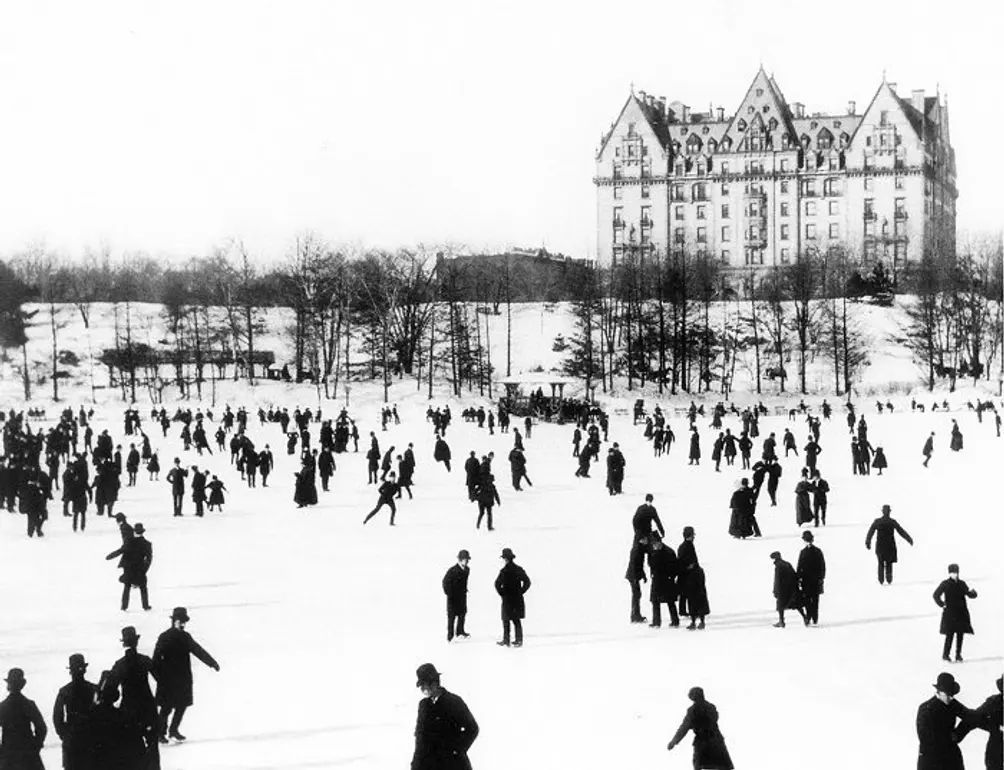 Vintage photo of ice skaters on the Lake at Central Park with The Dakota behind
Vintage photo of ice skaters on the Lake at Central Park with The Dakota behind
Designed by Henry Janeway Hardenbergh—who would later design The Plaza Hotel—the nine-story Dakota presents a striking, fortress-like presence even among Central Park West’s other grand and opulent buildings. Its distinctive exterior features include high gables, terracotta spandrels, and intricate balconies
Inside, the Dakota boasts a spacious courtyard and uniquely designed apartments—no two alike. When it opened in 1884, it was a marvel of modern living, featuring pioneering amenities such as an in-house power plant, hand-carved oak ceilings, flooring inlaid with marble, mahogany, oak, and cherry, a lower-level dining hall with dumbwaiters leading to apartment kitchens, 2- to 3.5-foot-thick walls, and hand-carved marble mantels—each apartment with a unique design.
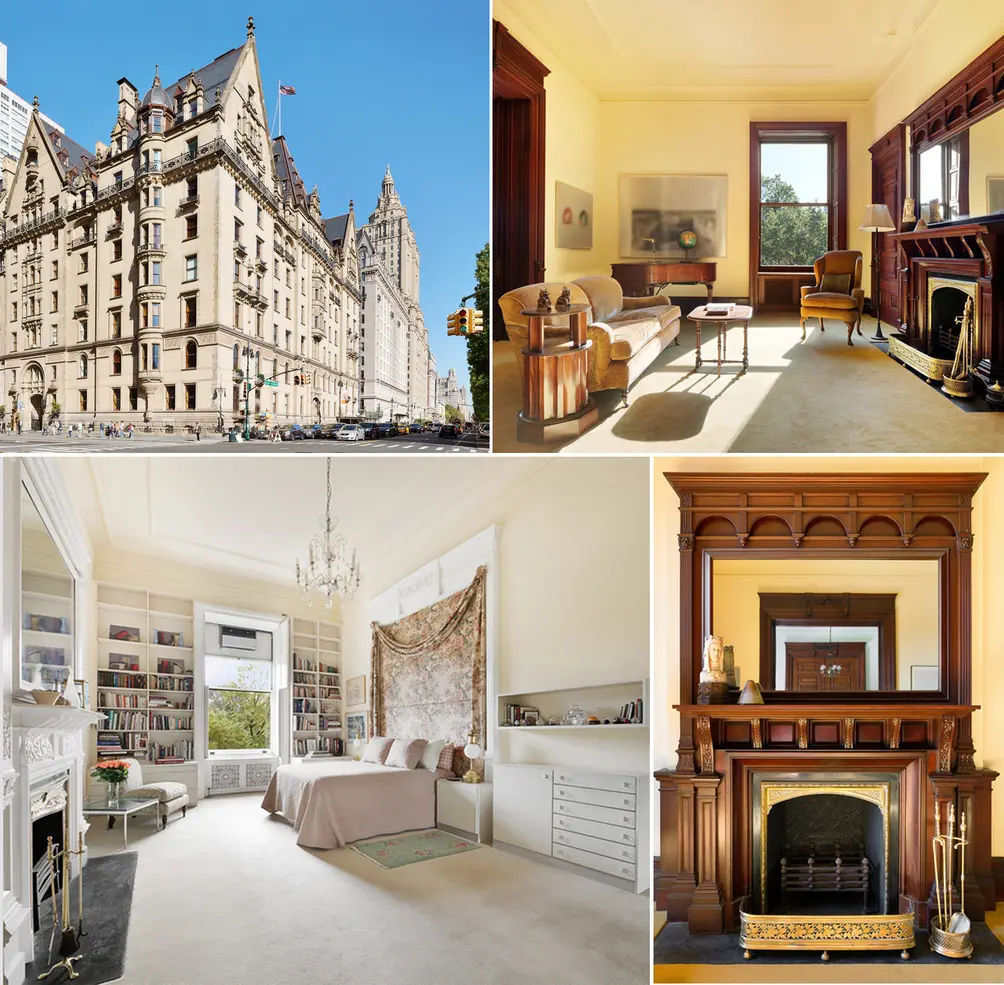 The Dakota, #32 is a three-bedroom listed for $12.5 million (Stribling)
The Dakota, #32 is a three-bedroom listed for $12.5 million (Stribling)
The passage of time has only enhanced The Dakota’s allure. Over the years, it has been home to luminaries in the arts, business, and publishing, including Leonard Bernstein, Jason Robards, Jack Palance, Harlan Coben, Connie Chung, and Maury Povich. Some apartments have even passed from one celebrity to another—football coach and commentator John Madden purchased his two-bedroom unit from Saturday Night Live star Gilda Radner, while John Lennon and Yoko Ono initially sublet their first Dakota apartment from The Dirty Dozen actor Robert Ryan before eventually purchasing five units in the building.
Turnover at The Dakota remains rare. Since the start of 2023, only four sales have been recorded. Currently, two apartments are available: a sprawling 6,000-square-foot five-bedroom listed for $19 million, and a four-bedroom asking $6.2 million.
 Famous personalities that live or have lived in The Dakota
Famous personalities that live or have lived in The Dakota
Active Listings in The Dakota
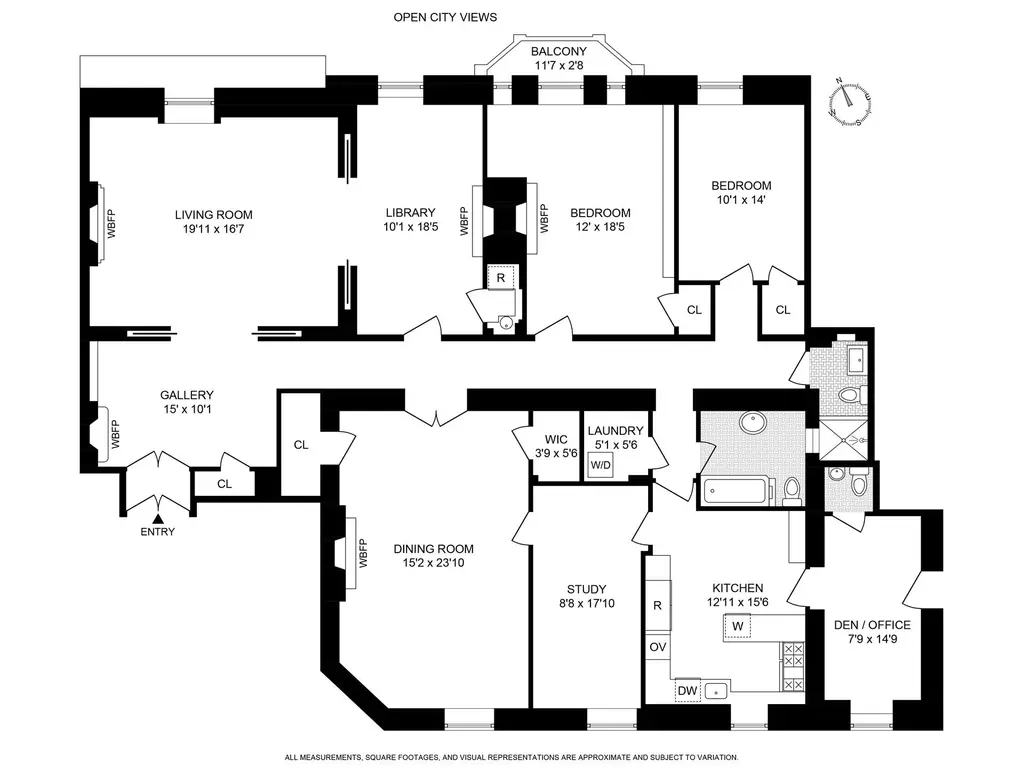
The Dakota, #75 (Douglas Elliman Real Estate)
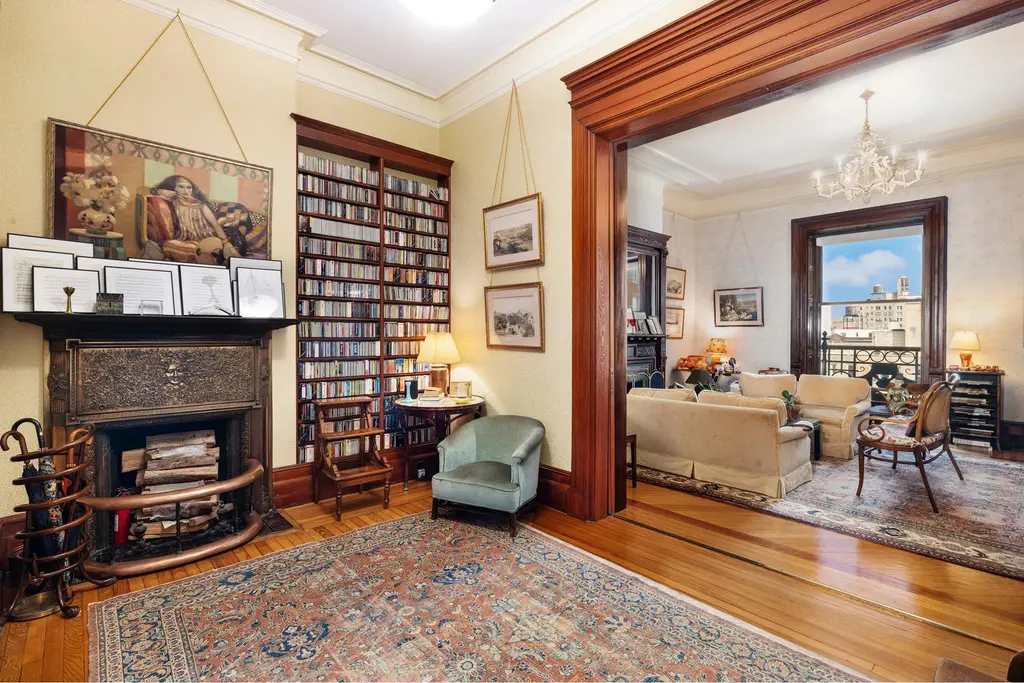
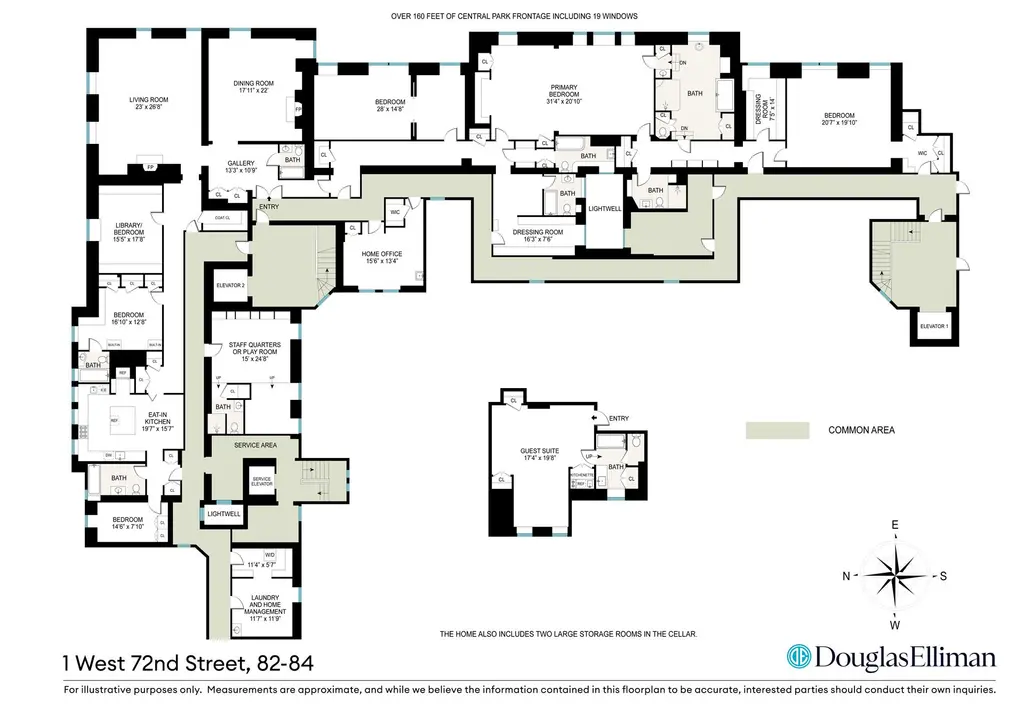
The Dakota, #84 (Douglas Elliman Real Estate)
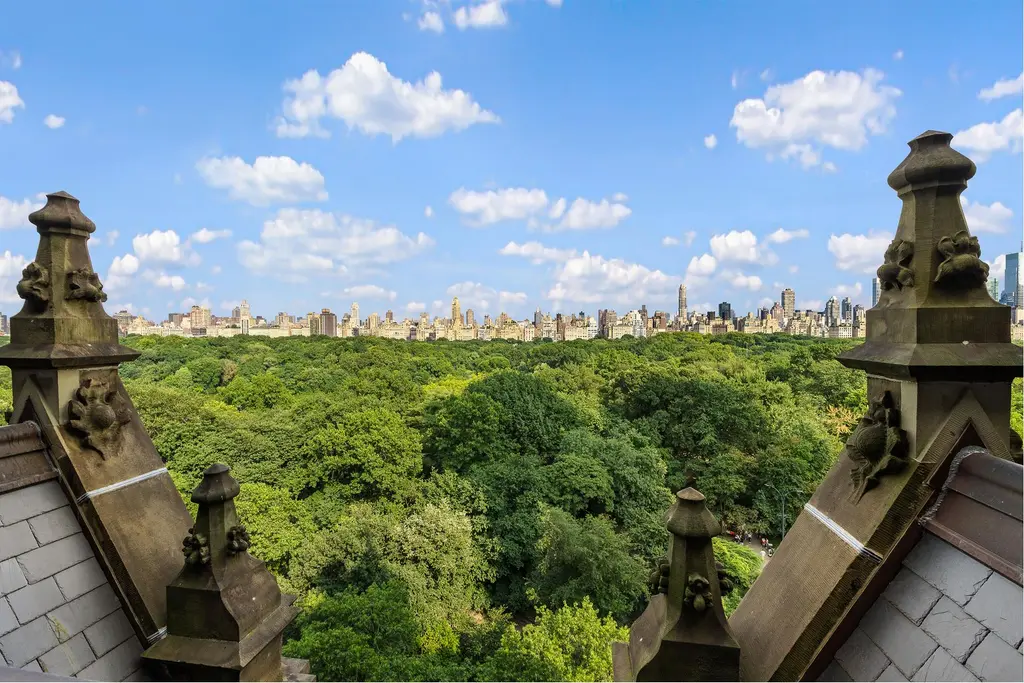
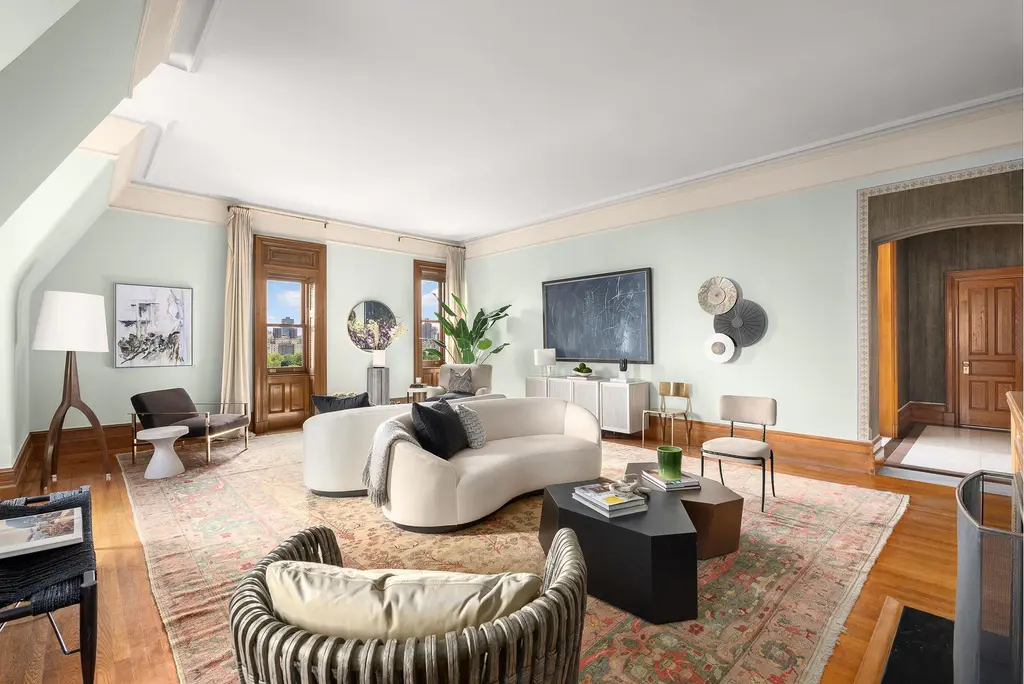
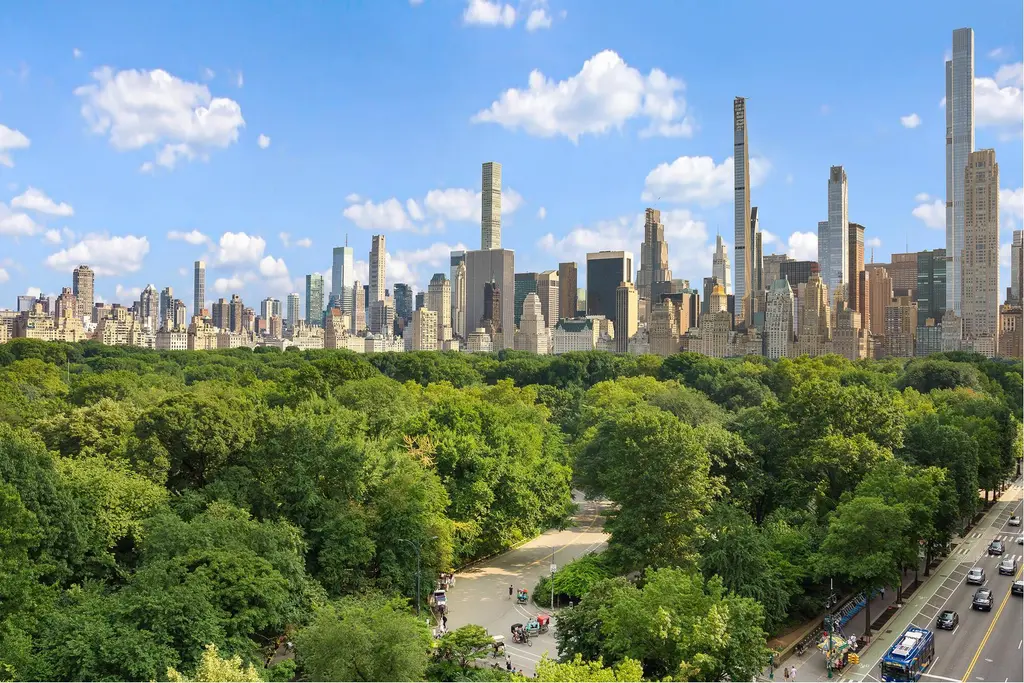
Would you like to tour any of these properties?


 6sqft delivers the latest on real estate, architecture, and design, straight from New York City.
6sqft delivers the latest on real estate, architecture, and design, straight from New York City.
